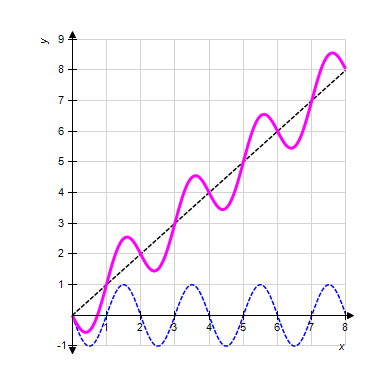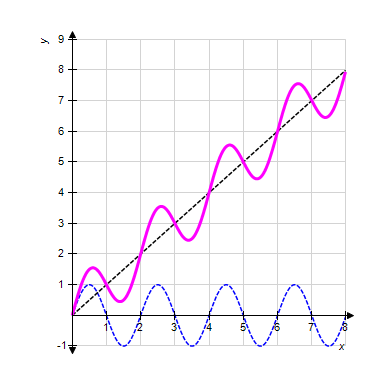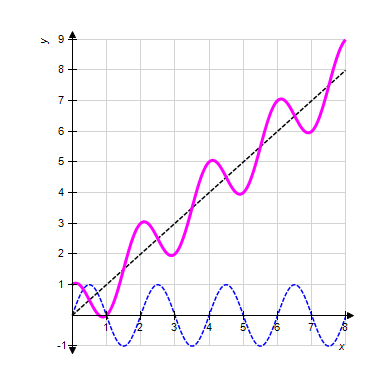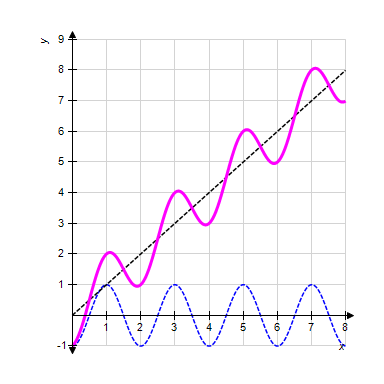Round the following decimal to the nearest hundredth.779.922
A. 780.1
B. 779.92
C. 779.923
D. 779.93
E. none of the above
Answer: B
You might also like to view...
Use properties of logarithms to condense the logarithmic expression. Write the expression as a single logarithm whose coefficient is 1. Where possible, evaluate logarithmic expressions.log x + log(x2 - 144) - log 7 - log(x - 12)
A. log 
B. log 
C. log 
D. log 
Find all real zeros of the polynomial  and determine the multiplicity of each.
and determine the multiplicity of each.
a. x = 0, multiplicity 2; x = -7, multiplicity 1; x = -1 multiplicity 1 b. x = 7, multiplicity 2; x = -1, multiplicity 2 c. x = 0, multiplicity 2; x = 7, multiplicity 1; x = -1 multiplicity 1 d. x = -7, multiplicity 2; x = 1, multiplicity 2 e. x = 0, multiplicity 1; x = 7, multiplicity 1; x = -7 multiplicity ; x = 1 multiplicity
Sketch the graph of the equation from 

?
?
A. ?
B. ?
C. ?
D. ?
E. ?
Solve the problem.A certain developing country has a population of 500,000. The yearly rate of increase of literacy among the people is proportional to the number of illiterate people in the population. Letting f(t) represent the number of literate people, determine the differential equation that f(t) satisfies. (Let k represent a positive constant.)
A. f'(t) = 500,000 - kf( t)
B. f'(t) = 
C. f'(t) = k(500,000 - f(t))
D. f'(t) = 500,000(1 - f(t))
E. none of these





